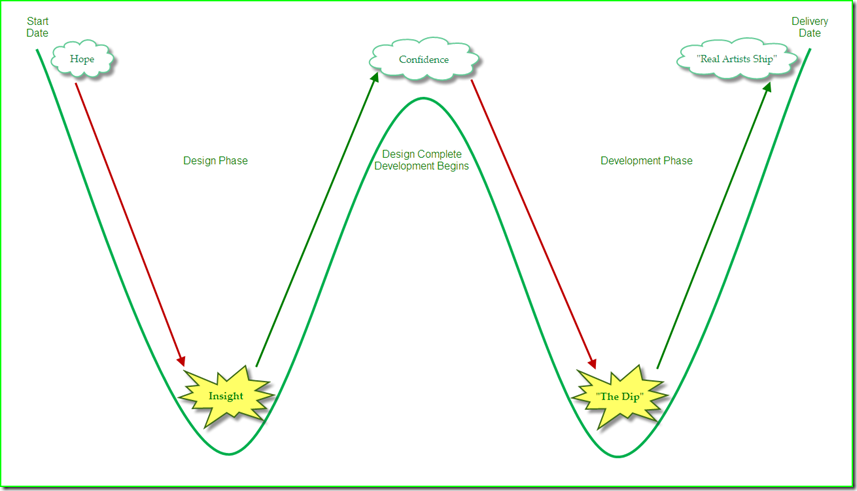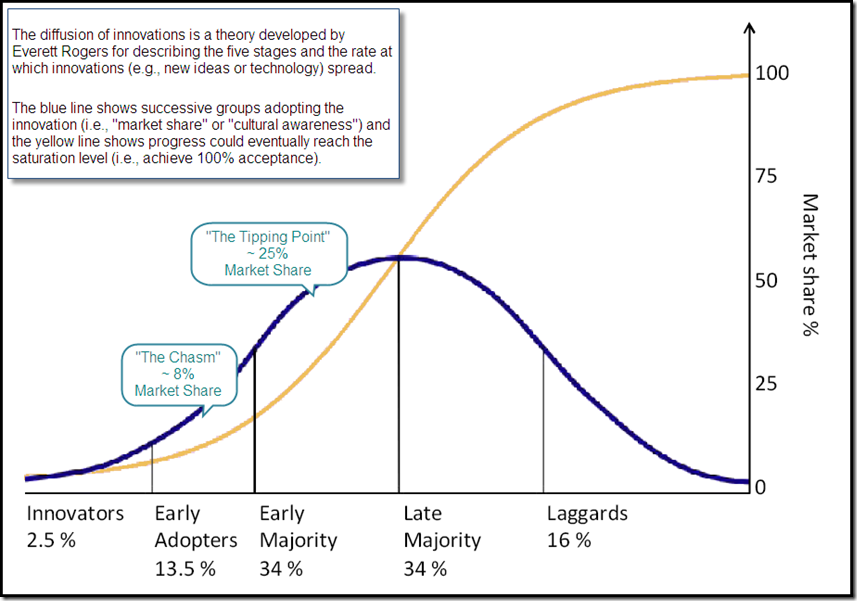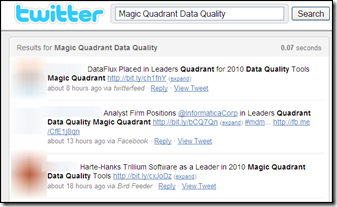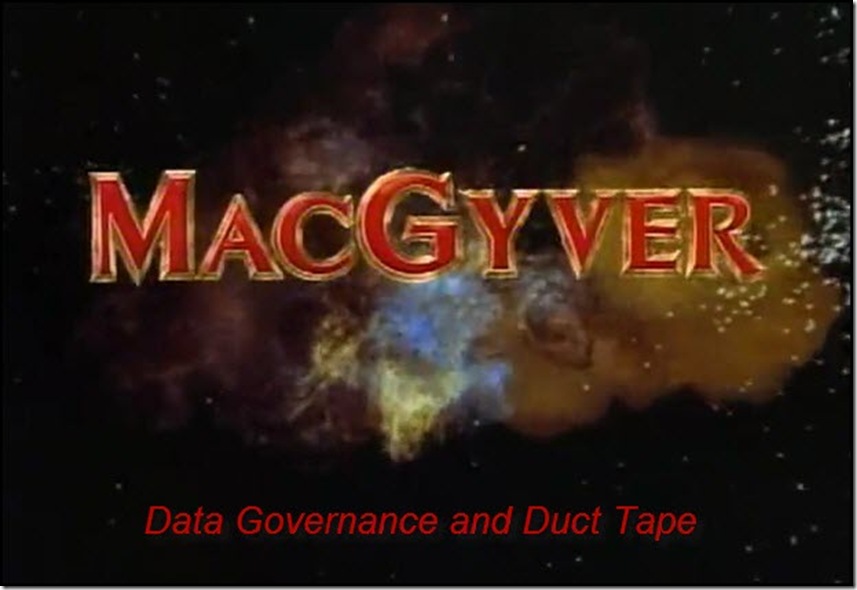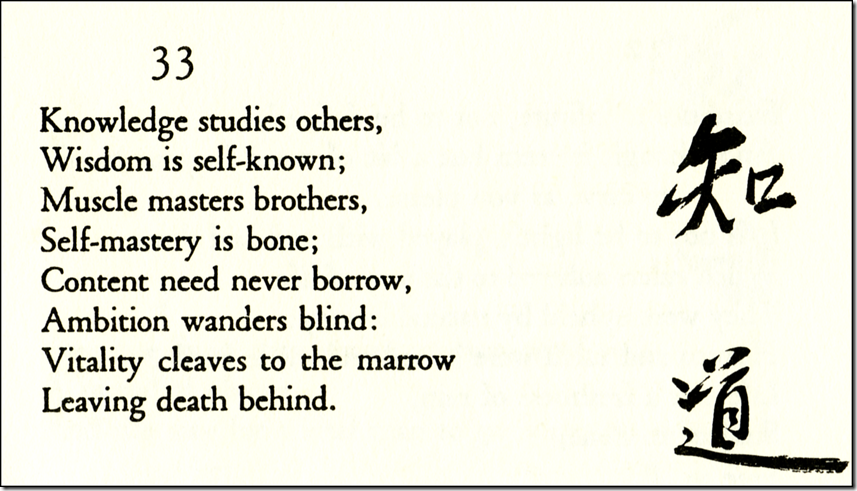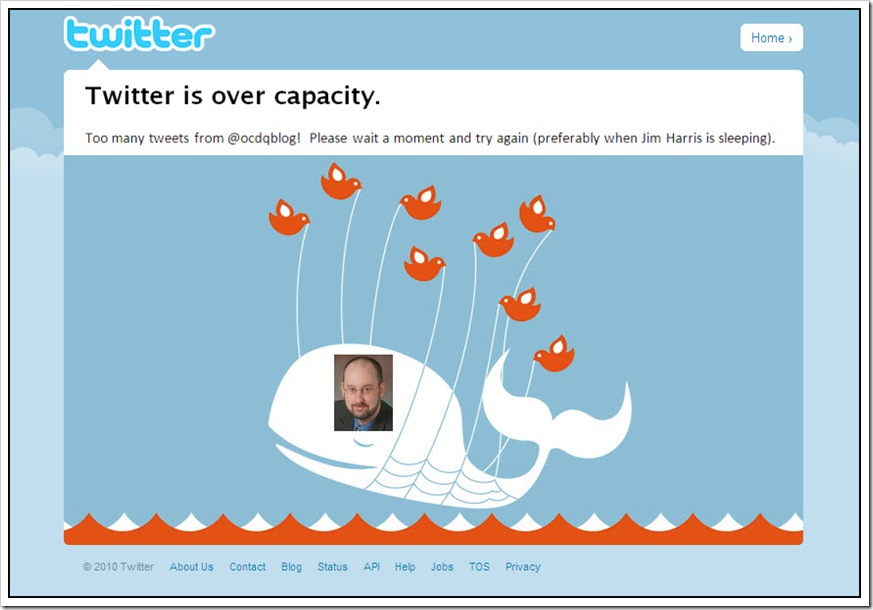Common Change
/I recently finished reading the great book Switch: How to Change Things When Change Is Hard by Chip Heath and Dan Heath, which examines why it can be so difficult for us to make lasting changes—both professional changes and personal changes.
“For anything to change,” the Heaths explain, “someone has to start acting differently. Ultimately, all change efforts boil down to the same mission: Can you get people to start behaving in a new way?”
Their metaphor for change of all kinds is making a Switch, which they explain requires the following three things:
- Directing the Rider, which is a metaphor for the rational aspect of our decisions and behavior.
- Motivating the Elephant, which is a metaphor for the emotional aspect of our decisions and behavior.
- Shaping the Path, which is a metaphor for the situational aspect of our decisions and behavior.
Despite being the most common phenomenon in the universe, change is almost universally resisted, making most of us act as if change is anything but common. Therefore, in this blog post, I will discuss the Heaths three key concepts using some common terminology: Common Sense, Common Feeling, and Common Place—which, when working together, lead to Common Change.
Common Sense
“What looks like resistance is often a lack of clarity,” the Heaths explain. “Ambiguity is the enemy. Change begins at the level of individual decisions and behaviors. To spark movement in a new direction, you need to provide crystal-clear guidance.”
Unfortunately, changes are usually communicated in ways that cause confusion instead of provide clarity. Many change efforts fail at the outset because of either ambiguous goals or a lack of specific instructions explaining exactly how to get started.
One personal change example would be: Eat Healthier.
Although the goal makes sense, what exactly should I do? Should I eat smaller amounts of the same food, or eat different food? Should I start eating two large meals a day while eliminating snacks, or start eating several smaller meals throughout the day?
One professional example would be: Streamline Inefficient Processes.
This goal is even more ambiguous. Does it mean all of the existing processes are inefficient? What does streamline really mean? What exactly should I do? Should I be spending less time on certain tasks, or eliminating some tasks from my daily schedule?
Ambiguity is the enemy. For any chance of success to be possible, both the change itself and the plan for making it happen must sound like Common Sense.
More specifically, the following two things must be clearly defined and effectively communicated:
- Long-term Goal – What exactly is the change that we are going to make—what is our destination?
- Short-term Critical Moves – What are the first few things we need to do—how do we begin our journey?
“What is essential,” as the Heaths explain, “is to marry your long-term goal with short-term critical moves.”
“What you don’t need to do is anticipate every turn in the road between today and the destination. It’s not that plotting the whole journey is undesirable; it’s that it’s impossible. When you’re at the beginning, don’t obsess about the middle, because the middle is going to look different once you get there. Just look for a strong beginning and a strong ending and get moving.”
Common Feeling
I just emphasized the critical importance of envisioning both the beginning and the end of our journey toward change.
However, what happens in the middle is the change. So, if common sense can help us understand where we are going and how to get started, what can help keep us going during the really challenging aspects of the middle?
There’s really only one thing that can carry us through the middle—we need to get hooked on a Common Feeling.
Some people—and especially within a professional setting—will balk at discussing the role that feeling (i.e., emotion) plays in our decision making and behavior because it is commonly believed that rational analysis must protect us from irrational emotions.
However, relatively recent advancements in the fields of psychology and neuroscience have proven that good decision making requires the flexibility to know when to rely on rational analysis and when to rely on emotions—and to always consider not only how we’re thinking, but also how we’re feeling.
In their book The Heart of Change: Real-Life Stories of How People Change Their Organizations, John Kotter and Dan Cohen explained that “the core of the matter is always about changing the behavior of people, and behavior change happens mostly by speaking to people’s feelings. In highly successful change efforts, people find ways to help others see the problems or solutions in ways that influence emotions, not just thought.”
Kotter and Cohen wrote that most people think change happens in this order: ANALYZE—THINK—CHANGE.
However, from interviewing over 400 people across more than 130 large organizations in the United States, Europe, Australia, and South Africa, they observed that in almost all successful change efforts, the sequence of change is: SEE—FEEL—CHANGE.
“We know there’s a difference between knowing how to act and being motivated to act,” the Heaths explain. “But when it comes time to change the behavior of other people, our first instinct is to teach them something.”
Making only a rational argument for change without an emotional appeal results in understanding without motivation, and making only an emotional appeal for change without a rational plan results in passion without direction.
Therefore, making the case for lasting change requires that you effectively combine common sense with common feeling.
Common Place
“That is NOT how we do things around here” is the most common objection to change. This is the Oath of Change Resistance, which maintains the status quo—the current situation that is so commonplace that it seems like “these people will never change.”
But as the Heaths explain, “what looks like a people problem is often a situation problem.”
Stanford psychologist Lee Ross coined the term fundamental attribution error to describe our tendency to ignore the situational forces that shape other people’s behavior. The error lies in our inclination to attribute people’s behavior to the way they are rather than to the situation they are in.
When we lament that “these people will never change” we have convinced ourselves that change-resistant behavior equates to a change-resistant personal character and discount the possibility that it simply could be a reflection of the current situation.
The great analogy used by the Heaths is water. When boiling in a pot on the stove, it’s a scalding-hot liquid, but when cooling in a tray in the freezer, it’s an icy-cold solid. However, declaring either scalding-hot or icy-cold as a fundamental attribute of water and not a situational attribute of water would obviously be absurd—but we do this with people and their behavior all the time.
This doesn’t mean that people’s behavior is always a result of their situation—nor does it excuse inappropriate behavior.
The fundamental point is that the situation that people are currently in (i.e., their environment) can always be changed, and most important, it can be tweaked in ways that influence their behavior and encourage them to change for the better.
“Tweaking the environment,” the Heaths explain, “is about making the right behaviors a little bit easier and the wrong behaviors a little bit harder. It’s that simple.” The status quo is sometimes described as the path of least resistance. So consider how you could tweak the environment in order to transform the path of least resistance into the path of change.
Therefore, in order to facilitate lasting change, you must create a new Common Place where the change becomes accepted as: “That IS how we do things around here—from now on.” This is the Oath of Change, which redefines the status quo.
Common Change
“When change happens,” the Heaths explain, “it tends to follow a pattern.” Although it is far easier to recognize than to embrace, in order for any of the changes we need to make to be successful, “we’ve got to stop ignoring that pattern and start embracing it.”
Change begins when our behavior changes. In order for this to happen, we have to think that the change makes common sense, we have to feel that the change evokes a common feeling, and we have to accept that the change creates a new common place.
When all three of these rational, emotional, and situational forces are in complete alignment, then instead of resisting change, we will experience it as Common Change.
Related Posts
The Balancing Act of Awareness

